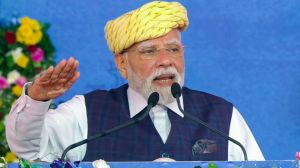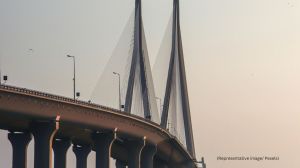Cong eyes Microsoft technologies to reach out to rural masses
Cong is keen to deploy Microsoft display technologies that enable projection into any surface to interact with rural masses from its headquarters in Delhi.
Congress is keen to deploy Microsoft display technologies that enable projection into any surface including walls to interact with rural masses from its headquarters in Delhi,a top official of the software giants Indian entity said today.
…the Congress party is imagining how to use these kinds of displays with rural,semi-literate or illiterate environment,Microsoft Corporation (India) Chairman Ravi Venkatesan said at the sixth India innovation summit,organised by the Confederation of Indian Industry (CII) here.
Explaining that the companys display technologies enable projection into any surface including walls,tabletops and windows,he said Microsoft had already come out with a proof-of-concept with regard to this technologies.
He said one of the most interesting and practical conversation he had around display technologies is with the Congress party.
They (Congress party) are very interested in grass-roots engagements to get illiterate and semi-literate villagers to interact with party headquaters,he said.
…big revolution thats imminent is around large screens,he said,noting its potential application in transforming distance education.
Venkatesan said with such a technology (which does not need servers but requires cameras),any surface can be made into a display….you can project on to a wall…use the wall itself…table tops..,adding,he expects display technology to be ubiquitous in the next five years.
He also said any Indian firm aspiring to become a Microsoft or a Google need have tremendous patience to undergo a long cycle of innovation.
Venkatesan pointed out that Microsoft started making money on its gaming business after ten years,while Google also took many years before it made money by marrying the search engine with online advertising.
Do we have the patience to this kind of long cycle of innovation ?. If not,we better develop them,he said,adding,the tendency in India largely is to make quick-buck.
Venkatesan said may be there are very few companies in India that have the appetite to take such kinds of risk (long cycle of innovation),and thats the problem.
Photos



- 01
- 02
- 03
- 04
- 05




























